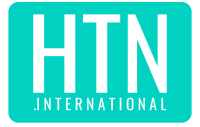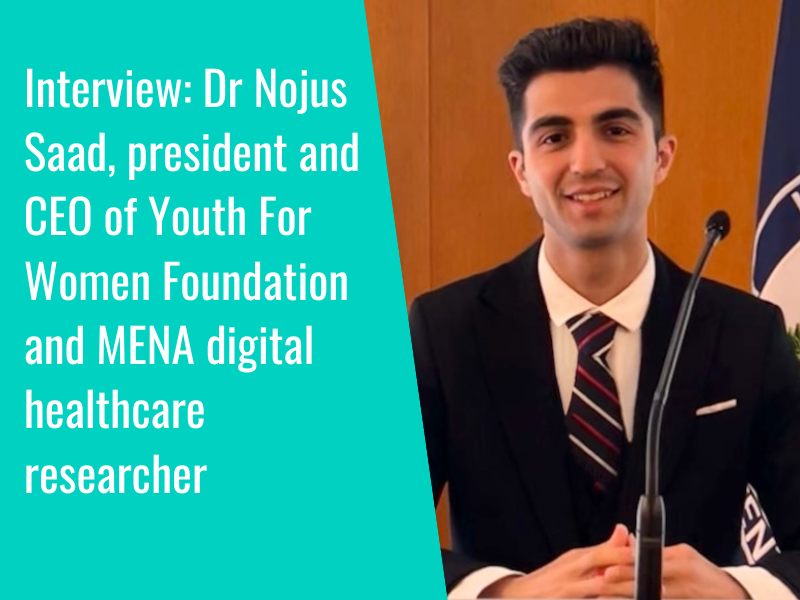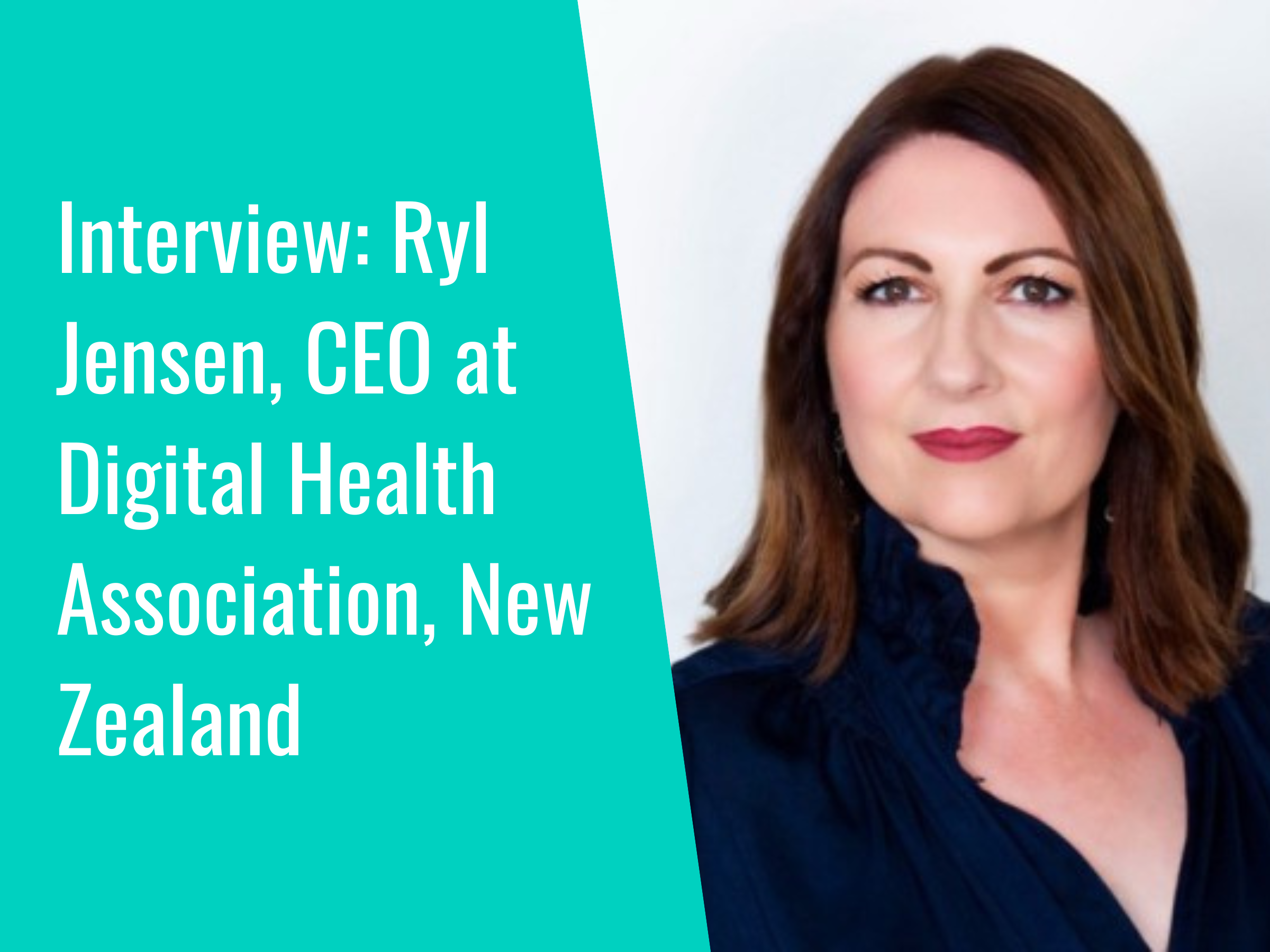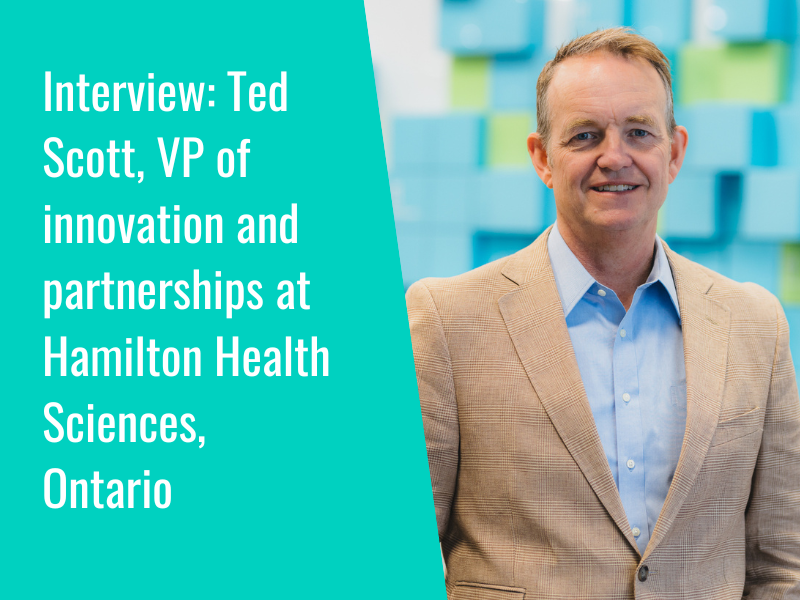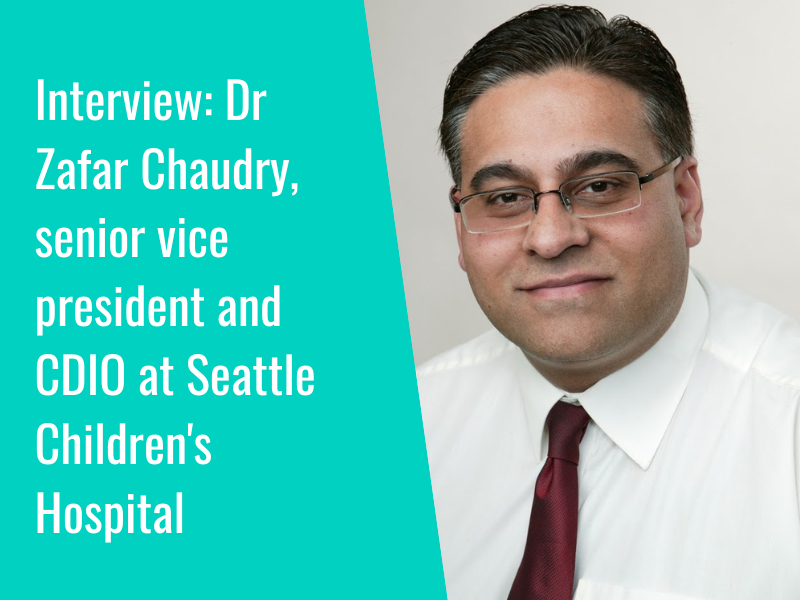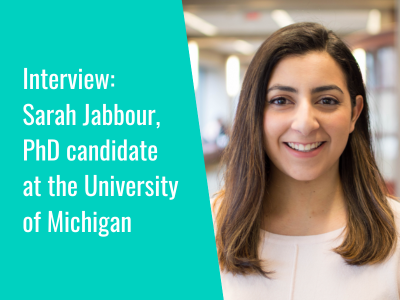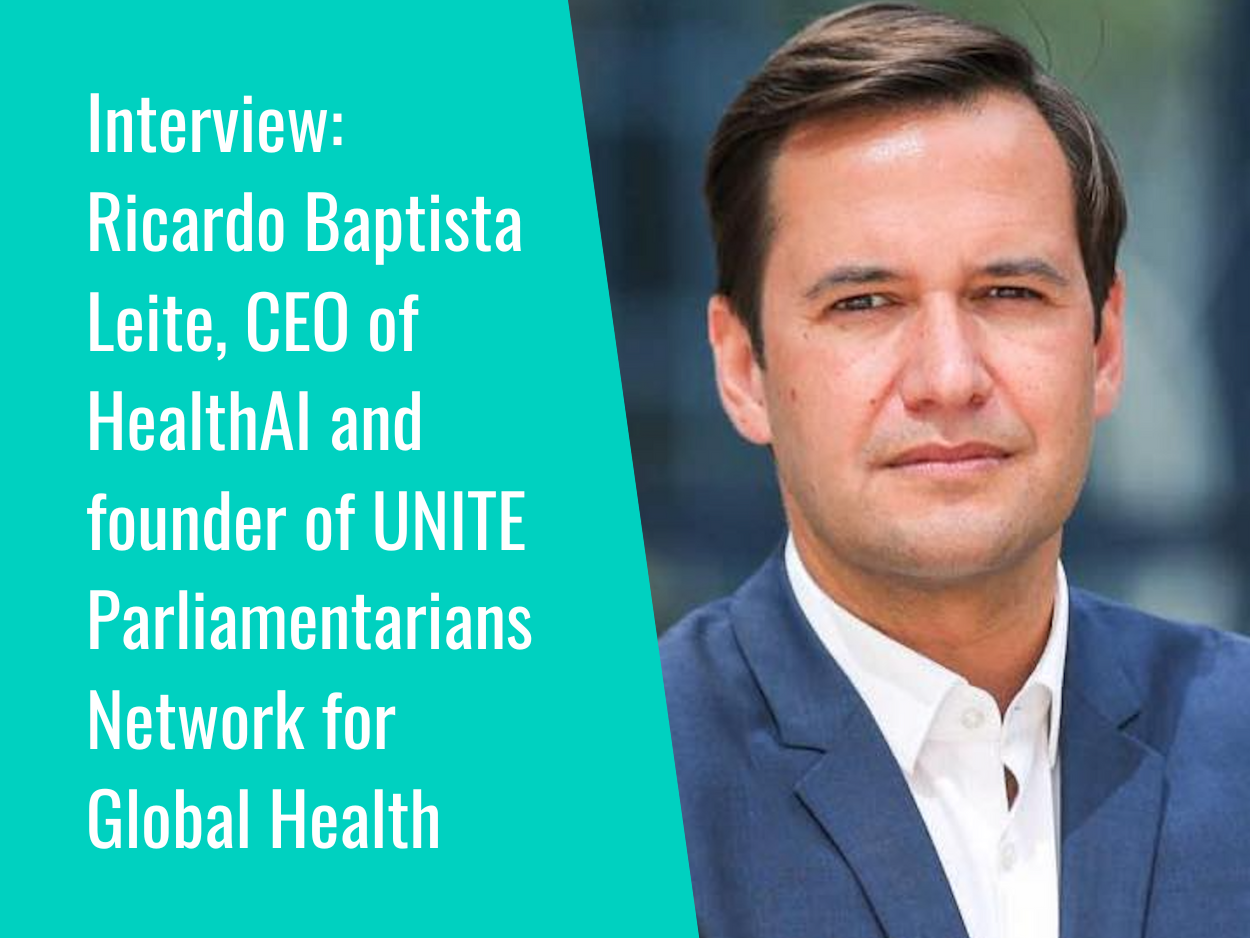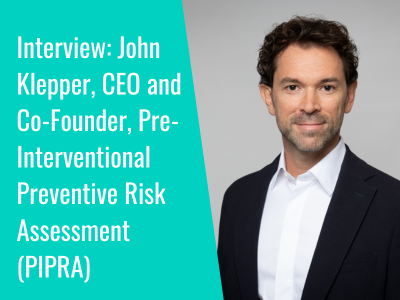The Pan American Health Organization (PAHO) has urged the adoption of innovative technologies in the fight to eliminate tuberculosis (TB) across the Americas, with recent figures from 2023 showing an increase of 14 percent in the number of people falling ill with TB and an increase of 41 percent in the number of deaths, compared with 2015.
Dr Jarbas Barbosa, PAHO director, spoke of the need to “work toward a future where TB is no longer a public health threat”, adding that “countries in the Americas have committed to TB elimination and we have new technologies and strategies that could bring us closer to this vision”.
PAHO in particular highlights the advancements in AI-assisted radiography which can help to support case identification in American communities.
Guidance issued by the World Health Organization on the use of AI to facilitate the detection of pulmonary TB highlights the potential for computer-assisted detection (CAD) products to “enhance the role of chest radiography (CXR) in TB screening and triage settings”, overcoming challenges such as a lack of skilled radiologists or inconsistent image readings.
Within the guidance, the WHO includes a CAD calibration toolkit, which supports the use of CAD software “as an alternative to human interpretation of CXR for pulmonary TB”, intended for use by implementors working on TB screening. The toolkit includes an overview of CAD calibration studies, a generic protocol for CAD calibration studies, and a user guide including an online tool where data can be uploaded and analysed.
Use of these resources is intended to “allow users of CAD to simulate the programmatic implications of different abnormality thresholds within the context of TB screening or triage”, with the online tool estimating diagnostic performance across sensitivity, specificity, and positive prediction values, and helping to demonstrate “the cost and programmatic implications of these thresholds, such as the number of over- and under-diagnosed TB cases and costs incurred related to follow up confirmatory testing”.
To find out more, or to download the toolkit, please click here.
In other news on AI, in Canada, The Ottawa Hospital (TOH) has announced that it is piloting a Microsoft solution that uses AI to draft clinical notes for clinicians during patient appointments, with hopes that the solution may assist in saving up to 10 hours per week of clinician time.
- 1
- 2
